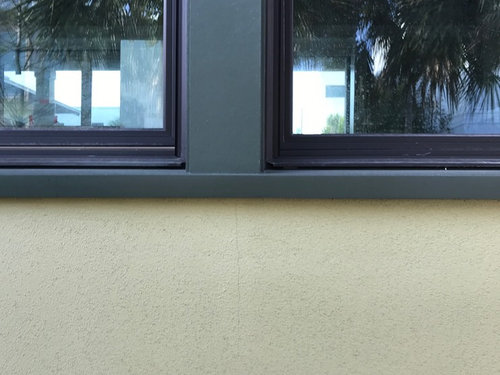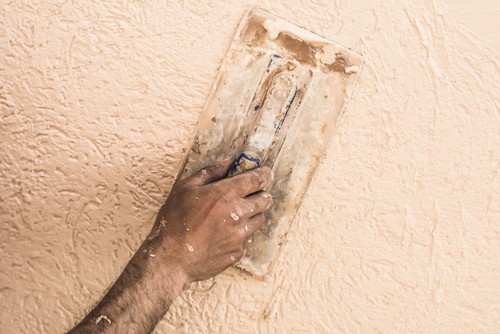Stress Cracks In Stucco Around Doors And Windows

The wood dries the vibrations from the construction equipment and other factors play a significant role in this for a brand new home.
Stress cracks in stucco around doors and windows. According to msn real. Diagonal cracks in your stucco siding are most likely due to your house shifting and settling into place. Stair step cracks that start at the corners of windows or doors generally signify that foundations are either settling or heaving and may present serious issues. A casing bead relieves stress separating stucco from all other materials at vinyl or wood doors and windows as well as where stucco meets dissimilar material such as at light fixtures and any penetrations through the wall.
Houses of any age move and shift subtly over time and the weakest area in a wall is the most likely to crack. Casing bead is also required at soffits. If these cracks are wider than other cracks on your stucco you ll want to attend to these first. If you determine there s nothing obstructing the swinging motion of the door it might be a sign of a moderate to severe foundation change often resulting in wall cracks.
It is normal for plaster to crack from movement and stress especially in a new home. If you notice small cracks like these you can probably breathe easy. While cracking can occur anywhere harmless cracks in stucco are most often seen near door and window frames. These happen due to seismic changes in the foundation leading to them shifting.
This is due to these areas being less foundationally solid. When to repair stucco cracks. Check whether water is leaking into the crack. Even so builders can ward against these potential problems by taking the steps necessary to relieve stress on stucco exteriors.
Hairline cracks over doors and windows are likely due to settling. If the concrete surrounding the crack feels damp or contains white powdery stains you may have a water infiltration issue. Another major cause of stucco cracks is movement generated by thermal expansion contraction and mechanical stresses such as vibration impact building settlement twisting or movement of framing etc. These cracks as the name implies are diagonal in nature and often are seen around doors and windows.
Typically stucco cracks show up in the corners windows and doors large areas of stucco walls and above the foundation. This type of crack is most commonly found near doors and windows. They are created from the continuous vibrations that are produced in these areas of the house.













































